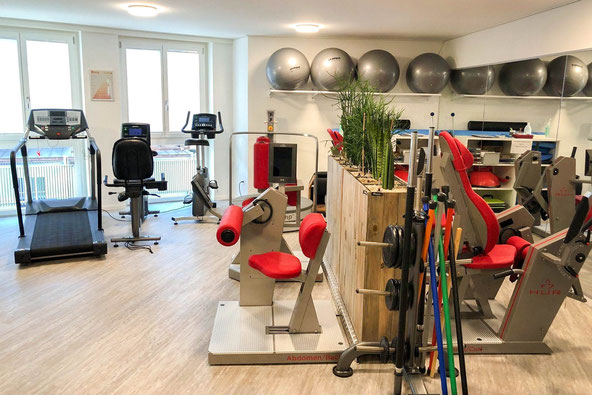How Yoga Enhances Physical Therapy Outcomes
작성자 정보
- Shauna Jain 작성
- 작성일
본문

Integrating yoga into physical therapy offers a mind-body centered rehabilitation that expands the limits of conventional care. Many patients managing chronic conditions find that yoga enhances their therapeutic progress by improving flexibility, strength, and balance in a low-impact, mindful manner. Unlike high-impact exercises, yoga allows individuals to adapt movements to personal limits, preventing setbacks during recovery and fostering self-assured mobility.
A major advantage is heightened somatic perception. Yoga promotes conscious movement, helping patients recognize subtle bodily cues during each movement. This awareness can identify undetected asymmetries they may not have recognized before, allowing therapists to design more accurate intervention strategies. Patients often report feeling more connected to their bodies, which supports long-term recovery and maintaining functional integrity.
Yoga also alleviates chronic discomfort. Through mindful respiration and stress-release practices, it helps reduce stress and tension that can worsen symptoms. For individuals with conditions like degenerative conditions, inflammatory ailments, or neuropathic pain, regular yoga practice has been shown to reduce pain levels and enhance functional movement over time. The integration of asana and meditation creates a relaxation response that can promote endogenous healing mechanisms and promote natural healing.
A crucial outcome is the restoration of practical mobility. Many yoga poses mimic everyday actions such as bending, Physiotherapie Massagen Basel reaching, and standing. By practicing these movements in a rehabilitation context, patients reestablish neuromuscular control needed for daily life. This translates into improved execution of routines like rising from a seated position, ascending steps, or handling household loads.
Yoga also nurtures psychological resilience. Recovery can be frustrating and emotionally taxing. The meditative aspects of yoga provide a safe container for emotional release, alleviate depressive symptoms, and develop acceptance. This emotional fortitude often leads to increased commitment to rehabilitation and enhanced recovery metrics.
Physical therapists who incorporate yoga can personalize protocols according to condition and capacity, adapting postures with assistive tools or adjusting intensity based on the patient’s condition. This individualization makes yoga inclusive across diverse populations, from rehabilitating after medical procedures to seniors navigating physical constraints.
When yoga becomes part of therapy creates a more comprehensive healing experience. It addresses not just the physiological limitations but also the mental and emotional dimensions of recovery. As clinical studies continue to affirm its value, yoga is becoming an indispensable component of therapeutic care. It helps patients move beyond healing to flourish.
관련자료
-
이전
-
다음
